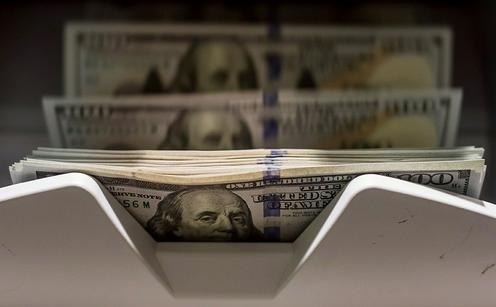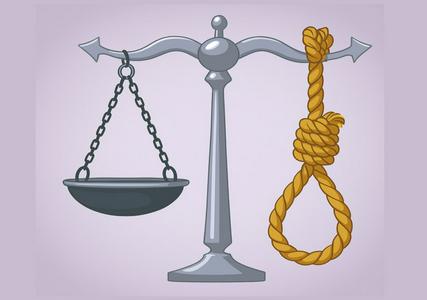As of April 1, Uzbekistan’s total external debt reached $68.4 billion, marking an increase of $4.3 billion in the first quarter of 2025, Gazeta.uz reports, citing data from the Central Bank of Uzbekistan.
The total debt includes both public and corporate (private sector) liabilities. Public debt grew by $1.9 billion during January–March, while corporate debt rose by $2.4 billion. However, the Central Bank notes that the “private” sector largely comprises companies with significant state ownership — such as UzAuto Motors, Uzbekneftegaz, and the National Bank of Uzbekistan — many of which have issued billions of dollars in debt securities in previous years.
In the first quarter of 2025, interest payments on the total external debt amounted to $881 million — an increase of 12.4 percent (or $98 million) compared to the same period last year. Of that amount, $174 million was paid in interest on portfolio investments (eurobonds), double the figure from Q1 2024.
Despite the growth in total payments, the average annual interest rate on the debt declined from 5.9 percent to 5.2 percent, reflecting a global downward trend in borrowing costs, particularly in developed economies.
Compared to April 1 of the previous year, Uzbekistan’s external debt has grown by $14.9 billion.
In early June, Deputy Prime Minister and Minister of Economy and Finance Jamshid Kuchkarov stated that economic growth requires investment, and part of that comes through external borrowing. He argued that there is nothing “shameful or problematic” about the increase in debt, asserting that the level remains moderate and the funds are directed toward infrastructure, social development, and other priority sectors.
However, not all experts agree with that assessment. In February, independent economist Yuliy Yusupov criticized the government’s approach, suggesting that the growing reliance on debt poses a long-term risk. According to Yusupov, the issue lies not only in the size or servicing costs of the debt but in how the borrowed funds are used and whether they generate sufficient returns.
He pointed to the expanding influence of state bureaucracy over the economy, which remains largely non-market-based, as key decisions are still made by officials rather than private actors. Yusupov also highlighted the growing scale of government spending — which he claims now exceeds 40 percent of GDP — calling it “an absolutely insane figure for a poor economy.”










